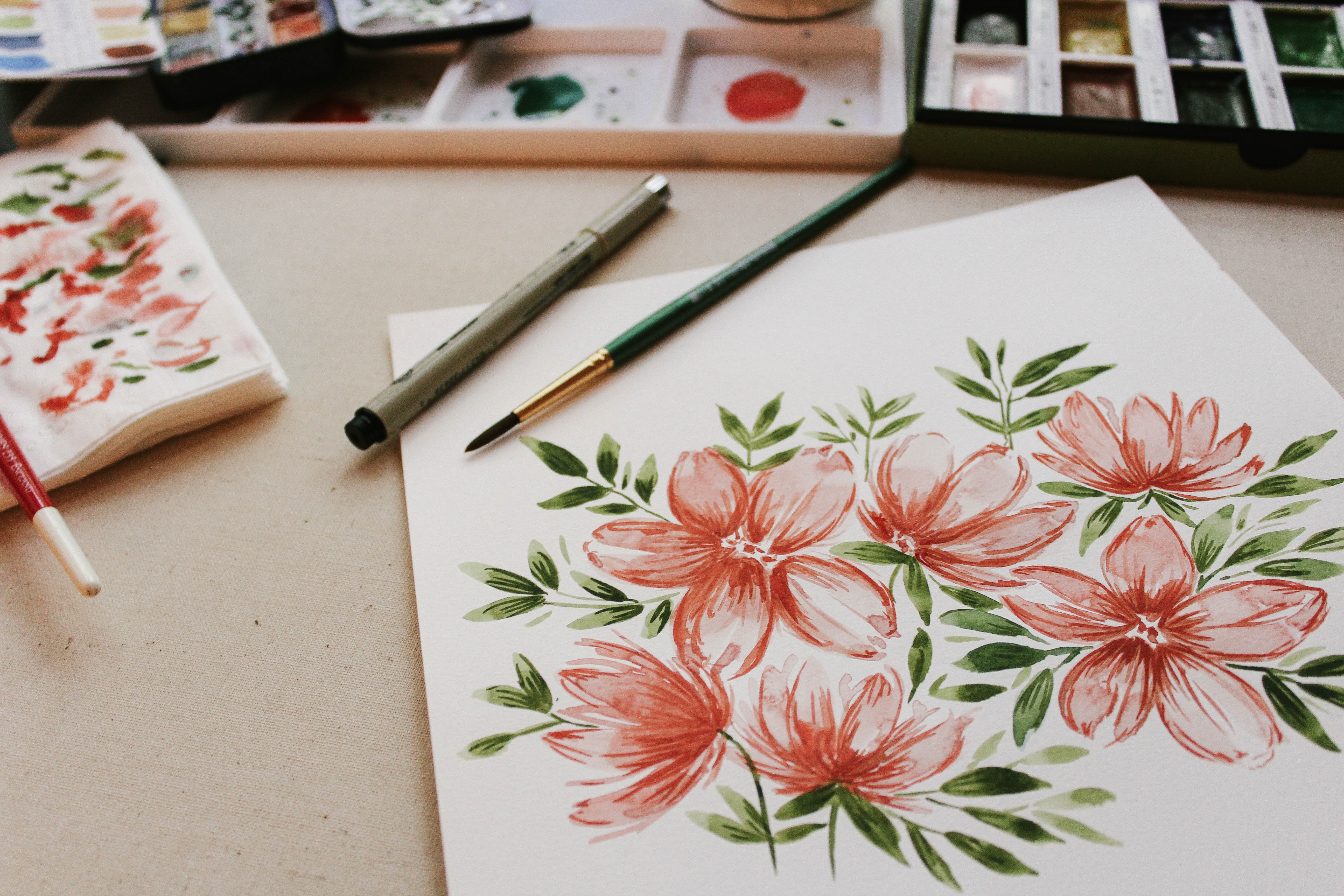There are no items in your cart
Add More
Add More
| Item Details | Price | ||
|---|---|---|---|
Fri Oct 6, 2023
How Art Therapy Works: Understanding the Science Behind the Canvas
Unveiling the Healing Power of Art Therapy
In human history, art has always maintained a special place because it can express the most profound feelings and experiences while cutting across boundaries and languages. But did you know that using art as therapy can be quite effective? In order to enhance mental, emotional, and even physical wellbeing, art therapy uses a holistic approach to healing. We shall explore the intriguing science of art therapy in this essay, as well as its practical applications and significant advantages.
The Creative Process as Therapy
The foundation of art therapy is the notion that making art itself may be therapeutic. It gives people a secure, nonverbal means to share ideas, emotions, and experiences that could be challenging to verbalise. The creative process can benefit you whether you're creating anything by painting, drawing, sculpting, or indulging in any other form of artistic expression.
Self-Expression:Through art, you can express and personally explore your feelings, thoughts, and experiences.
Stress Reduction:Stress and anxiety levels can be lowered by the peaceful and calming nature of creation.
Emotional Release: You can use art as a healthy outlet for unpleasant sentiments to help you let go of bottled-up emotions.
Problem Solving:Your capacity for problem-solving can be stimulated and improved by engaging in the creative process.
Self-Discovery:You can obtain insights into your own inner world through art, which can help with self-awareness and personal development.
The Science Behind Art Therapy
More than just a sentimental endeavour, art therapy is supported by sound research. According to research, being creative can have a significant impact on both our bodies and minds. Here are some significant neurological and psychological effects of art therapy on us:
Brain Chemistry: Dopamine, a neurotransmitter linked to pleasure and reward, is released throughout the creative process. This may improve your motivation and attitude.
Stress Reduction:By lowering cortisol levels, art therapy can lessen stress and its damaging consequences on the body.
Neuroplasticity:Participating in the arts can encourage neuroplasticity, which is important for learning and healing because it allows the brain to remodel and create new neural connections.
Emotional Regulation:Better emotional well-being can result from the identification, processing, and regulation of one's emotions through the use of art.
Enhanced Communication:Art therapy offers a different mode of expression for people who have trouble vocally expressing themselves.
Get Certified in Art Therapy
Consider Virtued's internationally recognised "Certification in Art Therapy" course if you're fascinated by the effectiveness of art therapy and want to learn more. With the information and abilities you'll gain from this extensive programme, you may utilise art therapy to help people heal and feel better.
Join us on a journey to comprehend the science behind the canvas by enrolling in our "Certification in Art Therapy" course. This course will enable you to use the transforming power of art to positively affect the lives of others, whether you are a healthcare practitioner, therapist, or simply someone who is enthusiastic about the healing arts.
In conclusion, art therapy is a method of healing that has been supported by science and uses the creative process to enhance mental and emotional health. Its many advantages make it a useful tool for therapists, educators, and anybody interested in self-expression and personal improvement. Explore the field of art therapy to learn how it may change people's life. Enroll today in our "Certification in Art Therapy" course, and let the canvas serve as your vehicle for recovery and change.
Virtued Academy International
A California-based travel writer, lover of food, oceans, and nature.